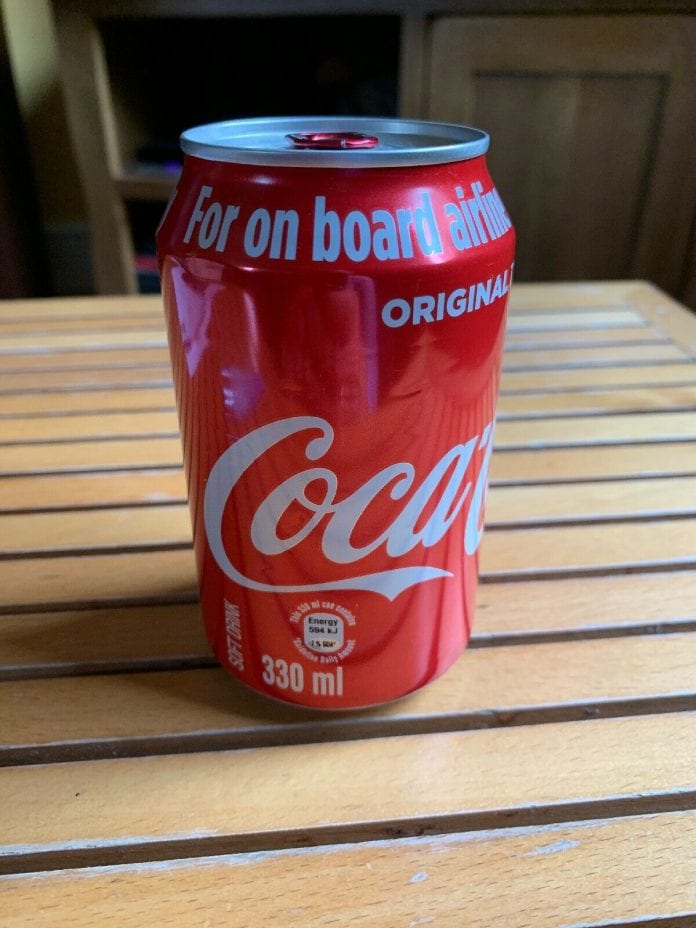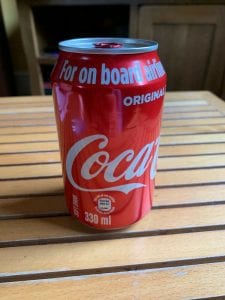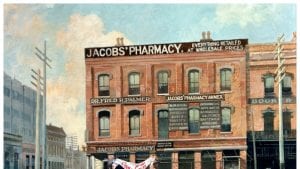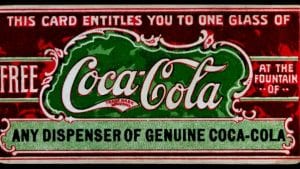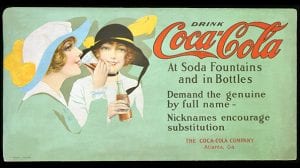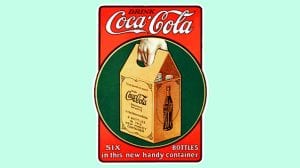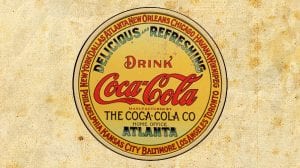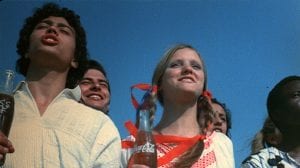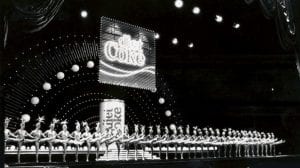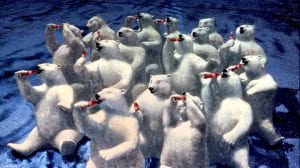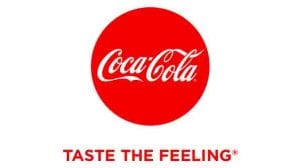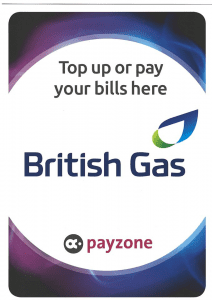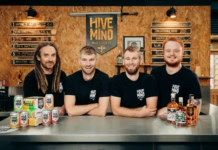Is it Half Full or Half Empty?
A Half Full factory sealed can of Coke has gone up for sale on eBay for £350 on eBay
https://www.ebay.co.uk/itm/254318164800
Readers quotes
‘I would never pay £350 for a can of coke.’ Coca Cola fan
‘I can’t think of anything I’d rather spend money on less than this.’ Money Saver
‘I prefer Pepsi’ said one Facebook user. Pepsi fan
‘I thought about buying it and I stayed awake crying’
‘You can get a slab of 24 from Farmfoods for about 8 quid!’ Farm Foods shopper
Coca Cola History.
1886 – 1892
It was 1886 and in New York Harbour, workers were constructing the Statue of Liberty. Eight hundred miles away, another great American symbol was about to be unveiled. Like many people who change history, John Pemberton, an Atlanta pharmacist, was inspired by simple curiosity.
One afternoon, he stirred up a fragrant, caramel-coloured liquid and, when it was done, he carried it a few doors down to Jacobs’ Pharmacy. Here, the mixture was combined with carbonated water and sampled by customers who all agreed this new drink was something special. So Jacobs’ Pharmacy put it on sale for five cents (about 3p) a glass. Pemberton’s bookkeeper, Frank Robinson, named the mixture Coca-Cola and wrote it out in his distinctive script.
To this day, Coca-Cola is written the same way. In the first year, Pemberton sold just nine glasses of Coca-Cola a day. A century later, The Coca-Cola Company has produced more than ten billion gallons of syrup. Over the course of three years, between 1888-1891, Atlanta businessman Asa Griggs Candler secured rights to the business for a total of about $2,300 (about £1,500). Candler would become Coca-Cola’s first president and the first to bring real vision to the business and the brand.
1893 – 1904
Asa Candler, a natural born salesman, transformed Coca-Cola from an invention into a business.
Candler knew there were thirsty people out there, and he found brilliant and innovative ways to introduce them to this exciting new refreshment. He gave away coupons for complimentary first tastes of Coca-Cola and outfitted distributing pharmacists with clocks, urns, calendars and apothecary scales bearing the Coca-Cola branding. People saw Coca-Cola everywhere, and the aggressive promotion worked. By 1895, Candler had built syrup plants in Chicago, Dallas and Los Angeles.
Inevitably, the drink’s popularity led to a demand for it to be enjoyed in new ways. In 1894, a Mississippi businessman named Joseph Biedenharn became the first to put Coca-Cola in bottles. He sent 12 of them to Candler who responded without enthusiasm. Despite being a brilliant and innovative businessman, he didn’t realise then that the future of Coca-Cola would be with portable, bottled beverages customers could take anywhere. He still didn’t realise it five years later, when, in 1899, two Chattanooga lawyers, Benjamin Thomas and Joseph Whitehead, secured exclusive rights from Candler to bottle and sell the beverage for the sum of only one dollar.
1905 – 1918
As Coca-Cola grew in popularity, copycats began to appear eager to capitalise on the success.
Imitation may be the sincerest form of flattery, but The Coca-Cola Company was none too pleased and set about protecting the product and the brand. Advertising focused on the authenticity of Coca-Cola, urging consumers to ‘Demand the genuine’ and ‘Accept no substitute’.
The company also wanted to create a distinctive bottle shape to assure people they were getting a real Coca-Cola. The Root Glass Company of Terre Haute, Indiana, won a contest to design a bottle that could be recognised in the dark, and in 1916, they began manufacturing the famous Contour Bottle, which remains the signature shape of Coca-Cola today.
The Coca-Cola Company grew rapidly and before long expanded into Canada, Panama, Cuba, Puerto Rico, France and other countries and US territories. In 1900, there were two bottlers of Coca-Cola; by 1920, there were about 1,000.
1919 – 1940
History of Coca-Cola 1919-1940: the Woodruff legacy and Coke’s first Olympics
Arguably no person had more impact on The Coca-Cola Company than Robert Woodruff. In 1923, four years after his father Ernest purchased the company from Asa Candler, Robert became the company’s president. Candler had introduced the U.S to Coca-Cola, but the new company leader would spend more than 60 years introducing the drink to the world.
Woodruff was a marketing genius who saw opportunities everywhere. He spearheaded expansion overseas and in 1928 introduced Coca-Cola to the Olympic Games for the first time, when the beverage travelled with Team USA to the 1928 Amsterdam Olympics.
Woodruff pushed for development and distribution of the six-pack and many other innovations that made it easier for people to enjoy Coca-Cola at home or on the move. This new thinking made Coca-Cola not just a huge success but a big part of people’s lives.
1941 – 1959
History of Coca-Cola 1941-1959: the war and what followed
In 1941, America entered World War II and thousands of US citizens were sent overseas. To show support for the brave men and women, Coca-Cola President Robert Woodruff ordered that “every man in uniform gets a bottle of Coca-Cola for five cents, wherever he is and whatever it costs the company”.
In 1943, General Dwight D Eisenhower sent an urgent cable to Coca-Colarequesting shipment of materials for 10 bottling plants. During the war many people enjoyed their first taste of the drink, and when peace finally came, the foundations had been laid for Coca-Cola to do business overseas.
Woodruff’s vision that Coca-Cola be placed within ‘arm’s reach of desire’ was coming true. From the mid-1940s until 1960, the number of countries with bottling operations nearly doubled.
Post-war America was alive with optimism and prosperity. Coca-Cola was part of a fun, carefree American lifestyle, and the imagery of its advertising – happy couples at the drive-in, carefree mums driving big, yellow convertibles – reflected the spirit of the times.
1960 – 1981
History of Coca-Cola 1960-1981: going global
After 70 years of success with one brand, The Coca‑Cola Company decided to expand its range of flavours. Fanta, originally developed in the 1940s, was introduced in the 1950s, before Sprite followed in 1961, TAB in 1963 and Fresca in 1966.
The company’s presence worldwide was growing rapidly and year after year Coca‑Cola found a home in more and more places: Cambodia, Montserrat, Paraguay, Macau and Turkey among others.
Advertising for Coca‑Cola, always an important and exciting part of its business, really came into its own in the 1970s, reflecting a brand associated with fun, friends and good times.
The international appeal of Coke was embodied by a famous 1971 commercial where a group of young people from all over the world gathered on a hilltop in Italy to sing ‘I’d Like to Buy the World a Coke’.
1982 – 1989
History of Coca-Cola 1982-1989: the debut of Diet
The 1980s was the era of leg warmers, headbands and the fitness craze – and a time of much change and innovation at The Coca‑Cola Company.
In 1981, Roberto C Goizueta became chairman of the board of directors and CEO, and set about a complete overhaul of the company with a strategy he called ‘intelligent risk taking’.
Among his bold moves was organising the numerous US bottling operations into a new public company, Coca‑Cola Enterprises Inc. He also led the introduction of Diet Coke, the very first extension of the Coca‑Cola trademark. Within two years, it had become the top low-calorie drink in the world, second in success only to Coca‑Cola.
One of Goizueta’s other initiatives in 1985 was the development of a new taste for Coca‑Cola, the first change in formulation in 99 years. In taste tests people loved ‘New Coke’, but it soon became clear that the wider public had a deep emotional attachment to the original, and they pleaded for a return to the traditional formula. Critics called it the biggest marketing blunder ever. Coca‑Cola listened, and the original product was returned to the market as Coca‑Cola Classic. Before long, Coke began to increase its lead over the competition, a lead that continues to this day.
1990 – 1999
History of Coca-Cola 1990-1999: new drinks, new characters
The 1990s were a time of continued growth, and the company’s long association with sports was strengthened with ongoing support of the Olympic Games, FIFA World Cup™ football, Rugby World Cup and the National Basketball Association.
The popular Always Coca-Cola advertising campaign was launched in 1993, and the world met the lovable Coca-Cola Polar Bear for the first time. New markets opened up as Coca-Cola products were sold in what was formerly East Germany in 1990 and returned to India in 1993.
New beverages joined Coca-Cola’s line-up too, including Powerade sports drinks and Oasis fruit drinks. Coca-Cola’s family of brands further expanded through acquisitions, including Limca, Maaza and Thums Up in India, Barq’s root beer in the US, Inca Kola in Peru and Cadbury Schweppes beverage brands in more than 120 countries around the world.
By 1997, Coca-Cola already sold one billion servings of its products every day yet recognised that opportunity for growth was still around every corner.
2000 – Present
The first decade of the new millennium brought with it an increase in Coca-Cola’s efforts to create a sustainable framework for the future.
In 2009, the company launched Live Positively – a public commitment to making a positive difference in the world by redesigning the way we work and live so that sustainability is part of everything we do. Live Positively includes goals for providing and tailoring drinks for every lifestyle, supporting active, healthy-living programmes, building sustainable communities, reducing and recycling our packaging, cutting our carbon emissions, establishing a sustainable water operation and creating a safe, inclusive work environment for all.
The company has continued to build on existing relationships with global sports events such as FIFA World CupTM, Rugby World CupTM and UEFA EUROTM. It also played a major role in making the London 2012 Olympics the most sustainable Games in history, and will be sponsoring this year’s 2016 Olympic Games in Rio, Brazil. Meanwhile, we continue to nurture our affiliation with Special Olympics, which began in 1968.
Coca-Cola has remained dedicated to offering quality drinks for every lifestyle and occasion, marketing those drinks responsibly and providing information that consumers can trust. As of 2008, Coca-Cola could count more than 160 low-calorie and no-calorie drinks in the company’s range, such as Coke Zero and Powerade Zero. In the UK 39% of the drinks sold are now lower or no calorie.
This year we rolled out a global “one brand” marketing strategy and creative campaign, Taste the Feeling. The strategy extends the equity and iconic appeal of Coca-Cola to our lower and no sugar variants, underscoring our commitment to choice.
From the early beginnings when just nine drinks a day were served, Coca-Cola has grown to be the world’s most ubiquitous brand. There are now 1.9 billion servings of Coca-Cola Company products served every day.
We want to keep making everyday moments more special with one of our 400+ brands, and we aim to do it all in a sustainable way that benefits our fans and the communities we operate in.
If you have you seen anything weird or expensive for sale on eBay or Amazon? Then drop us a line ne******@*******************co.uk
2 for a £1.20 at CETMA business centre, where you can top up too if you are with British Gas

| [donate]
| Help keep news FREE for our readersSupporting your local community newspaper/online news outlet is crucial now more than ever. If you believe in independent journalism,then consider making a valuable contribution by making a one-time or monthly donation. We operate in rural areas where providing unbiased news can be challenging. |
















